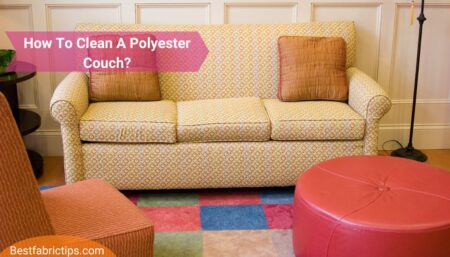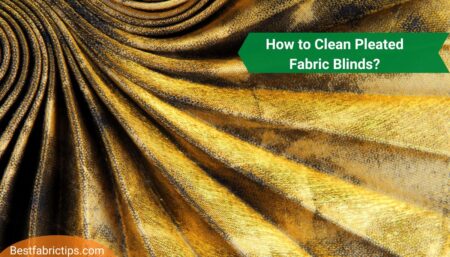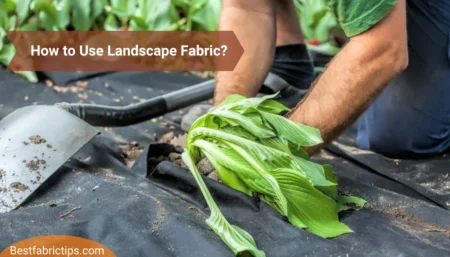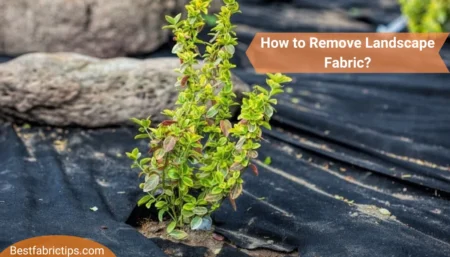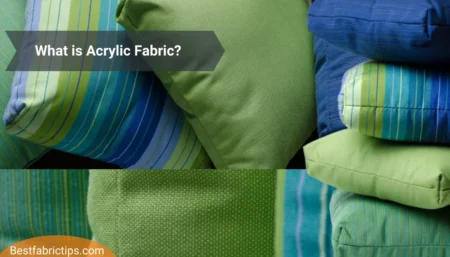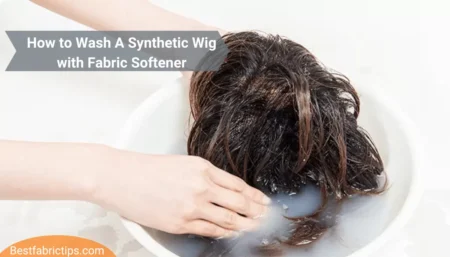It’s conceivable that washing synthetic wigs was something you didn’t believe was feasible. Most of the time, when we think about synthetic hair, we envision it as something that can only be worn a few times before it begins to show signs of wear and must be discarded. The good news is that synthetic wigs have advanced significantly in recent years, and a good one may last for four to six months, even if you wear it every day. The secret is in understanding how to properly care for the wig. In terms of wig maintenance, cleaning and keeping the wig in the appropriate manner are important considerations. Consequently, we’ve put together this guide to help you wash, care for, and revitalize your synthetic wig.
First Way of Washing your Synthetic Wig
Here is the first way of washing your wig with a fabric softner:
Step 1. Getting your Wig ready
It might be intimidating to wash your synthetic wig for the first time. After all, it isn’t your own hair, and it may be difficult to navigate foreign ground. The first thing you should do before cleaning your wig is prepare it for washing. Prepping the wig entails brushing out any knots and tangles with a wig brush (not a comb!) starting from the bottom of the wig and working your way up. While your wig is still damp, do not brush it. Brushing a wig while it is still damp will cause the wig to become unruly.
Step 2. Washing your Synthetic Wig
After you’ve finished brushing out your wig, you’ll be ready to wash it. To begin, fill a big basin or bowl halfway with tepid water and set it aside (hot water will overheat the fibers in the wig). When it comes to shampoo, you may either use wig shampoo or laundry detergent to get the job done. Why? Because the wig is made of synthetic fibers rather than human hair, ordinary shampoo will cause the hair to fall out and become unusable. The use of wig shampoo and laundry detergent helps to keep the wig in good condition.
Synthetic wig shampoo and synthetic wig detergent are very important because synthetic wigs are made of synthetic fibers, which can get dirty. Despite the fact that the majority of synthetic wig wearers wash their wigs using laundry detergent, you can still use shampoo if that is your preferred method.
After you’ve dipped your wig into the water with detergent/ wig shampoo for at least an hour, now you can gently remove the dirt by softly moving fingers across your wig length.
Don’t forget to rub your fingers very gently over the cap/ scalp area of the wig to ensure no residue from make-up or any product are left.
Step 3. Time to Rinse
Now that your wig is all clean, its time to give it a nice wash under clean water. Hey, DO NOT forget to use tap water instead of hot water. However, if you want your synthetic wig to look squeaky clean then warm water can be used moderately.
Step 4. Soaking your Synthetic Wig in a Fabric Softener
Soaking your wig into a Fabric Softener is as same as conditioning your hair with your favorite conditioner after washing your hair!
So pour some water in a bowl (depending upon the length of your wig), now add one cap of fabric softener. Place your wig into the bowl and let it set for a good 30 minutes.
Step 5: Drying your Synthetic Wig after a Wash
Let your squeaky clean wig dry naturally. Because we don’t want the blow dryer to suck all moisture we added in the wig with the fabric softener!
Hang it on a coat stand or a regular hook so that all the water drains out on its own leaving the wig dry and bouncy.
Step 6: Preparing to use after washing synthetic wig with a fabric softener
Now that your wig is all clean and dry, take brush or a comb and start gently combing your wig from the end first. Now slowly moving upward without tangling the hair you should be able to brush the hair all the way up.
Ta Da! It’s ready for use now 🙂
How often should you wash your wig?
In the event that you use styling products on your wig and wear it every day, you should wash it at least once a week. Alternatively, it only needs to be washed every 5 to 10 wears. When it comes to wigs, they don’t need to be cleaned as frequently as your real hair. Too much washing might damage your wig, while too little washing can cause tangling in your hair.
When to wash a wig?
Please take a close look at your wig. Whenever they get dull, lifeless, or knotted as a result of excessive teasing, wigs should be cleaned immediately. Begin by lightly brushing your wig from the bottom up in short strokes to eliminate knots and any spray build-up, as well as to separate the hair strands. Repeat this process many times.
When it comes to all types of wigs and extensions, the frequency with which you should wash your wig is primarily determined by where you reside.
Ideally, you should only wash your human hair wig every 7–14 days, depending on how dirty it is.
It is necessary, however, to wash your wig on a more frequent basis if you live in a very humid area in which your scalp gets sweaty underneath your wig and your style deflates or becomes frizzy very rapidly.
How long does it take to wash a wig?
First, soak your wig in cold water for 5 to 10 minutes with a tiny bit of shampoo (about the size of a quarter) to loosen the knots. It’s important to make sure the wig is thoroughly submerged in the water, but she advises against over-massaging. Then rinse the wig well, let any excess water drain, and repeat as required until you are certain that all product accumulation has been gone. Next, a conditioner will be used to hydrate, detangle, and strengthen the wig, and then it will be put on.
Conclusion
Washing a wig may seem intimidating, however, it’s not something difficult is all is handled with care and patience. As I have come across many people who tend to throw their wigs after they are dirty enough to be used.
Using these simple steps stated above, you can wash your synthetic wigs and bring them to life again!





